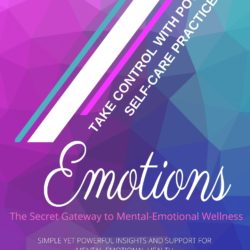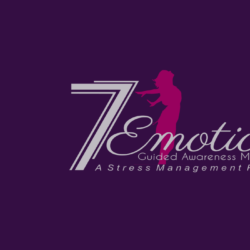Let’s review some key points to form a simple meditation for stress relief that we covered over the past 4 articles.
- Allow yourself to be still and quiet for about 5 minutes before beginning your meditative practice.
- Beginners level – Your goal is to practice each component (body, mind and breath) individually in an effort to find a deeper sense of relaxation – this is called regulating body, mind and breath.
- Advanced level – after feeling a deeper sense of relaxation with each component (body, mind and breath) you are ready to practice unifying them together
- Practice daily – be consistent with your practice. Practice a little everyday instead of a whole bunch at once. Allow the practice to grow and become apart of your daily routines.
- Let go – if at any time you feel uncomfortable you need to assess why and try to make adjustments. Sometimes trying too hard becomes frustrating – you need to let go and allow yourself time to build patience with your practice.
- Your goal is to relax
Be gentle with yourself. Don’t force it. Allow your body to get use to the new sensations. When patients tell me they can’t relax I explain that they’ve master being busy and now they need to master being relaxed. It can take a bit of getting use to. Obviously if you are in pain or have a condition that prevents you from feeling comfortable you may need to seek more professional guidance. At the end of your practice your goal is to feel more relaxed than when you started. Observe how you feel before you start and after you finish. Make a mental note and compare to track how you’re progressing.
Having a practice to relieve stress is a fundamental need to support and maximize your health potential. I do offer professional guidance so if this is something you want to explore deeper in depth let me know.
Simple Meditation for Stress 1 of 5
Simple Meditation for Stress 2 of 5
Simple Meditation for Stress 3 of 5
Simple Meditation for Stress 4 of 5
Simple Meditation for Stress 5 of 5









